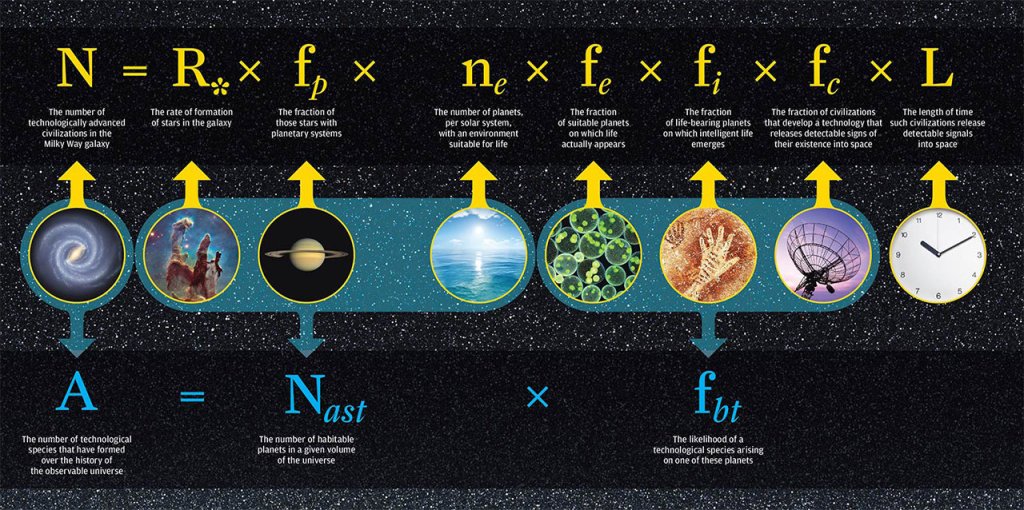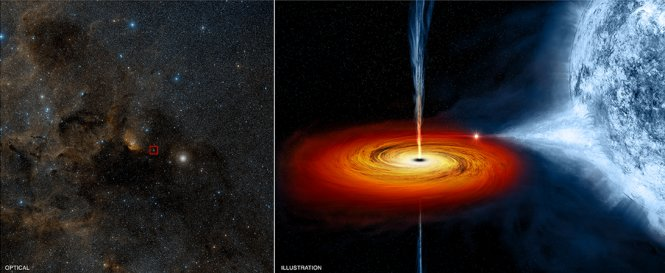How many civilizations are there in our galaxy? As a kid, I was awestruck by the knowledge of just how small we are as compared to the universe. The concept of “me” is nothing more than a tiny stardust living in 1 of the 100 billion star systems in our galaxy. However, if there are 100 billion stars in the Milky Way, how likely is it that there are millions of civilizations out there just like us? I have always thought that there would be no way of knowing this, since how can we detect new civilizations if we cannot even fly out of our solar system? However, the Drake Equation might help us get an estimate of this question that we, as a species, may never know the answer to.
In 1961, an astrophysicist named Frank Drake developed the “Drake Equation” to provide an estimate of how many detectable civilizations there are in our galaxy. In this equation, we can fill in a series of variables to get an estimate, N, that represents the number of civilizations.

The uniqueness of the Drake equation is that instead of asking the question, “are there civilizations out there”, it asks, instead, “are there any other technologically advanced species other than humans that has ever existed in the galaxy”. What I loved most about the equation is the “L” factor, which stands for the length of time a technological civilization can stay for. For my estimate, I used the length of the dinosaur – 165 million years – as the estimate, optimistically hoping that we as a species can sustain as long as the dinosaurs have. Another interesting addition to the Drake equation can be a “recurrence factor”, where we include the probability of a civilization repeatedly happening on a planet.








